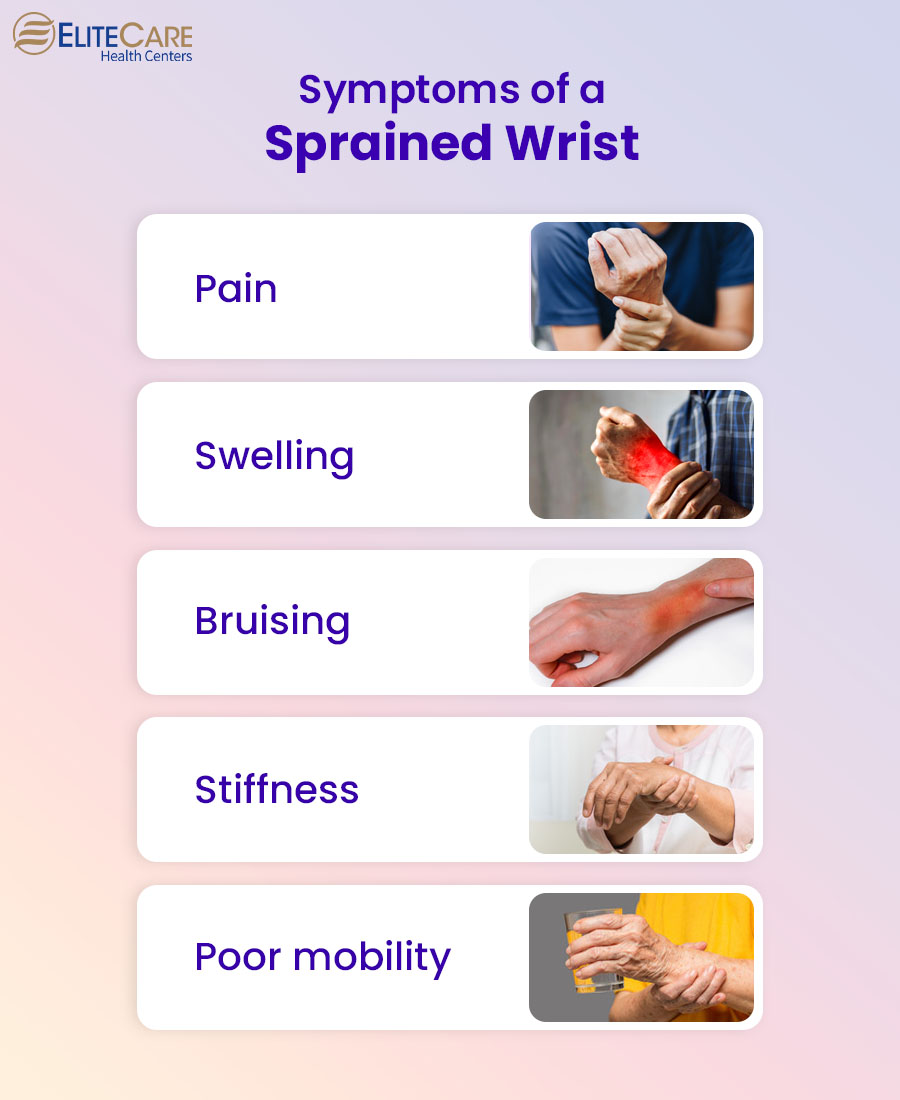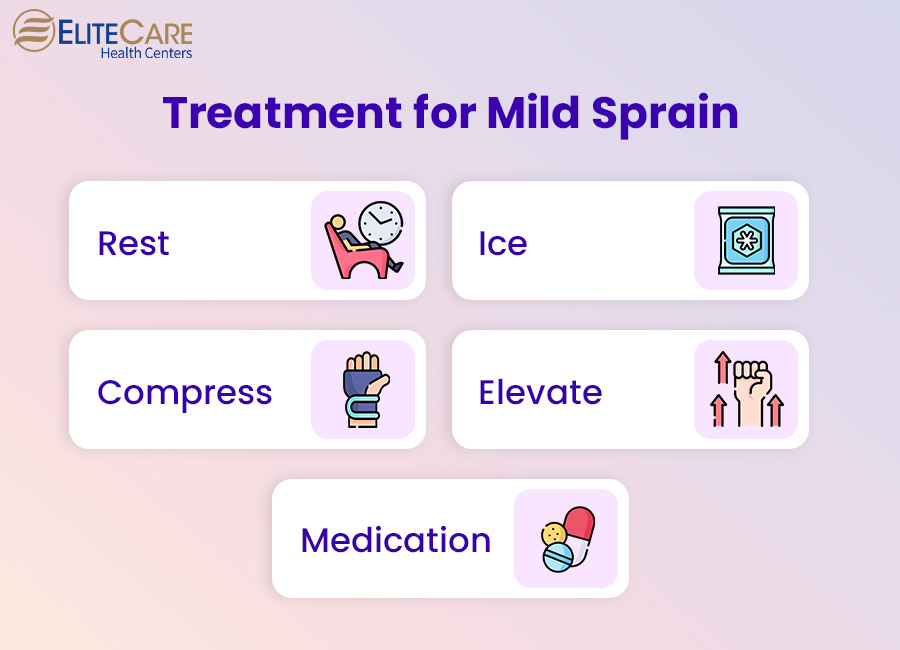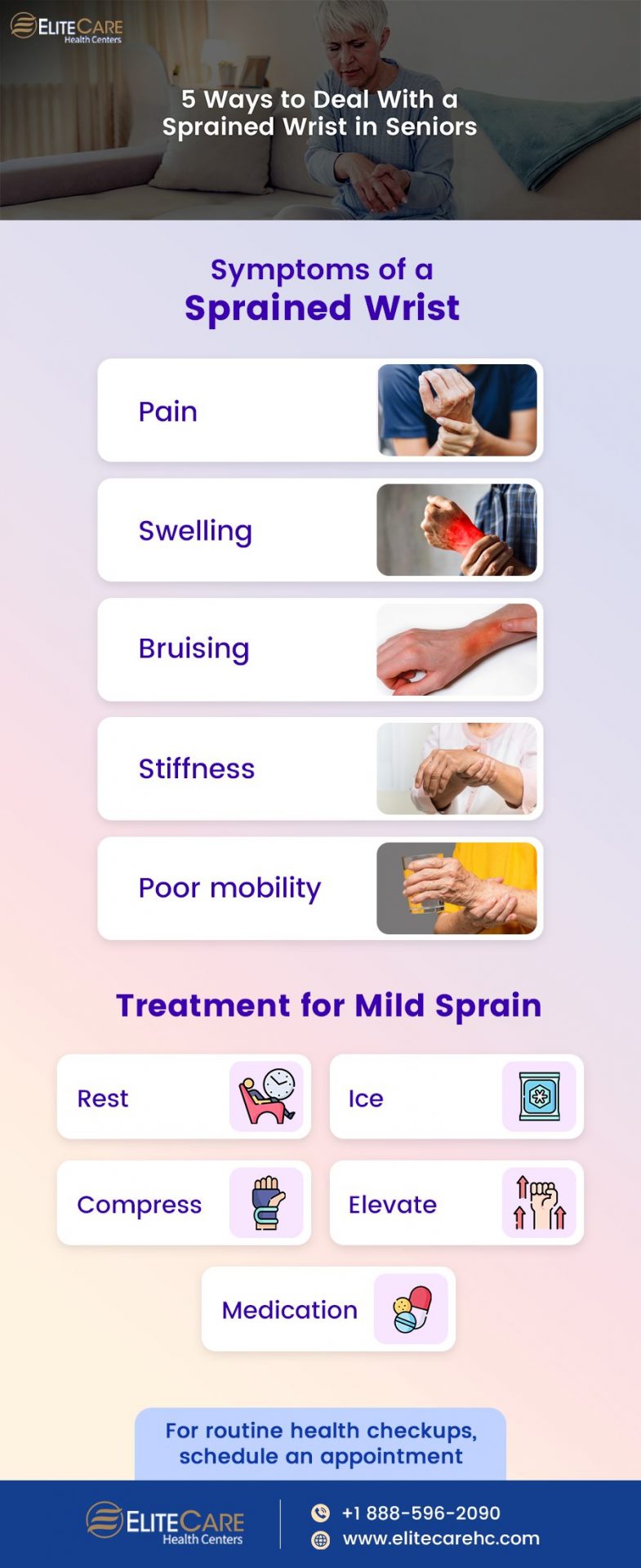
The wrist joint is a complex structure that connects the hand to the forearm and allows for a wide range of movements. It consists of multiple bones, ligaments, tendons, and muscles which are used for grasping or holding objects. A wrist sprain occurs when the ligaments, which connect the bones of the wrist, are stretched or torn as a result of trauma or excessive force. This can happen when the wrist is twisted, bent or overextended.
Wrist sprains are a common injury in people of all ages, including the elderly. Older adults may be at an increased risk of suffering from wrist sprains due to various health conditions and age-related physical changes. According to some studies, the incidence of wrist injuries in the elderly population ranges from 5 to 10%, with women being more commonly affected than men. Fall injuries are also one of the leading causes of wrist sprain.
Seniors with a sprained wrist may not always be aware of what’s causing them pain, particularly if the sprain is mild. Therefore, it is important to watch out for warning signs and symptoms that may indicate a wrist sprain.
Symptoms of a Sprained Wrist
The following are common signs and symptoms that may indicate a sprained wrist:

Pain
The most common symptom of a sprained wrist is pain, which may be localized to the wrist and may increase with movement or touch.
Swelling
Swelling around the wrist may occur immediately after the injury or a few hours later.
Bruising
Bruising or discoloration may appear around the wrist as a result of soft tissue damage.
Stiffness
Seniors may also experience stiffness in the wrist due to swelling, which may make it difficult for them to move their wrist through its full range of motion.
Poor mobility
If the ligaments of the wrist have been damaged, an elderly person may experience difficulty holding objects or carrying out tasks that require fine motor skills.
If an elderly person is experiencing wrist pain or suspects that they have sprained their wrist, it is important to seek prompt medical attention to receive proper diagnosis and treatment. Early intervention can help prevent the wrist sprain from becoming chronic and improve the chances of a successful recovery.
Wrist injuries are more prevalent in seniors who participate in physical activities that strain the wrist such as sports or manual labor. Older adults who perform repetitive motions with their wrists like typing or using hand tools are also at an increased risk of suffering sprains.
Other Risk Factors that Cause Wrist Sprains
Falls
As seniors grow older, it is common for them to suffer from poor balance and muscle strength. They may also experience issues with their vision or have medical conditions such as arthritis or Parkinson’s disease, which may increase their risk of falling.
Osteoporosis
Osteoporosis is a condition which causes the bones to become weak and brittle. It can also affect the stability and function of the wrist joint, making it more susceptible to sprains and other types of injuries.
Arthritis
Arthritis causes inflammation in the joints, including those in the wrists. In some cases, it can even change the shape or structure of the joints, which increases seniors’ risk of sprain.
Decreased dexterity
With age, the range of motion and dexterity of the wrist decreases. This can make it difficult for seniors to maintain a firm grip on objects, increasing the risk of falls and other types of injuries.
Read More: Five Exercises that Can Enable Seniors to Stay Balanced
Overuse injuries
Constantly engaging the wrist in repetitive motions, that involve gripping, twisting or bending can stress the joint and the surrounding tissue. Over time, this repeated stress can cause the tissues to become fatigued and more susceptible to injury.
It is important to note that seniors who use walkers or canes that are not properly adjusted for their height and weight may also be at an increased risk of suffering from fall injuries and consequent wrist sprains. Therefore, it is crucial for seniors to use walking aids that are customized to their needs and use wrist guards or braces for additional support.
If a senior citizen suspects that they are suffering from a sprained wrist, it is important for them to consult a doctor to determine the severity of the sprain. Though mild sprains are easy to treat, moderate or severe sprains may require a combination of medication, physical therapy and immobilization to recover. In some cases, seniors may even require surgery to repair torn ligaments or other tissue in the wrist.
How to Treat a Mild Sprain?

In case of a mild sprain, following these steps, can help reduce wrist pain and swelling:
Rest
Resting the wrist and immobilizing it with a splint can help protect the wrist from further injury.
Ice
Applying ice to the affected area for 20-30 minutes at a time, a few times a day, can help provide pain relief.
Compress
Using a compression sleeve can help reduce swelling and speed up recovery. It also stabilizes the wrist and provides it support during daily activities.
Elevation
Elevating the wrist above the level of the heart helps to reduce inflammation and soothes pain.
Medication
For mild sprains, seniors can consult a physician for an OTC painkiller or anti-inflammatory medicine prescription.
Regardless of whether the sprain is mild or severe, it is important to work closely with a physician and follow all recommended treatment and rehabilitation guidelines to ensure a successful recovery. Additionally, seniors must protect their wrists from further injury by avoiding activities that may cause strain and seek prompt medical attention if symptoms worsen or do not improve with treatment.
Conclusion
The amount of time it takes for a senior to recover from a sprained wrist can vary depending on the severity of the injury and their overall health. Mild sprains may require anywhere from a few days to some weeks to recover, while moderate to severe sprains can take anywhere from several weeks to some months. If a senior citizen is suffering from wrist pain and swelling, it is important to consult a physician promptly for medical advice and appropriate treatment.
If your elderly loved one needs medical attention for a sprained wrist, visit the nearest EliteCare clinic. EliteCare is one of Florida’s best medical clinics, with a team of highly trained primary care physicians who offer services like venipuncture, immunizations, EKG and more. Visit their website to schedule an appointment today.






